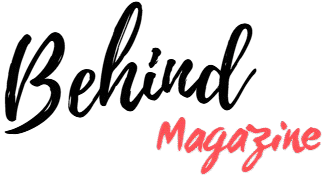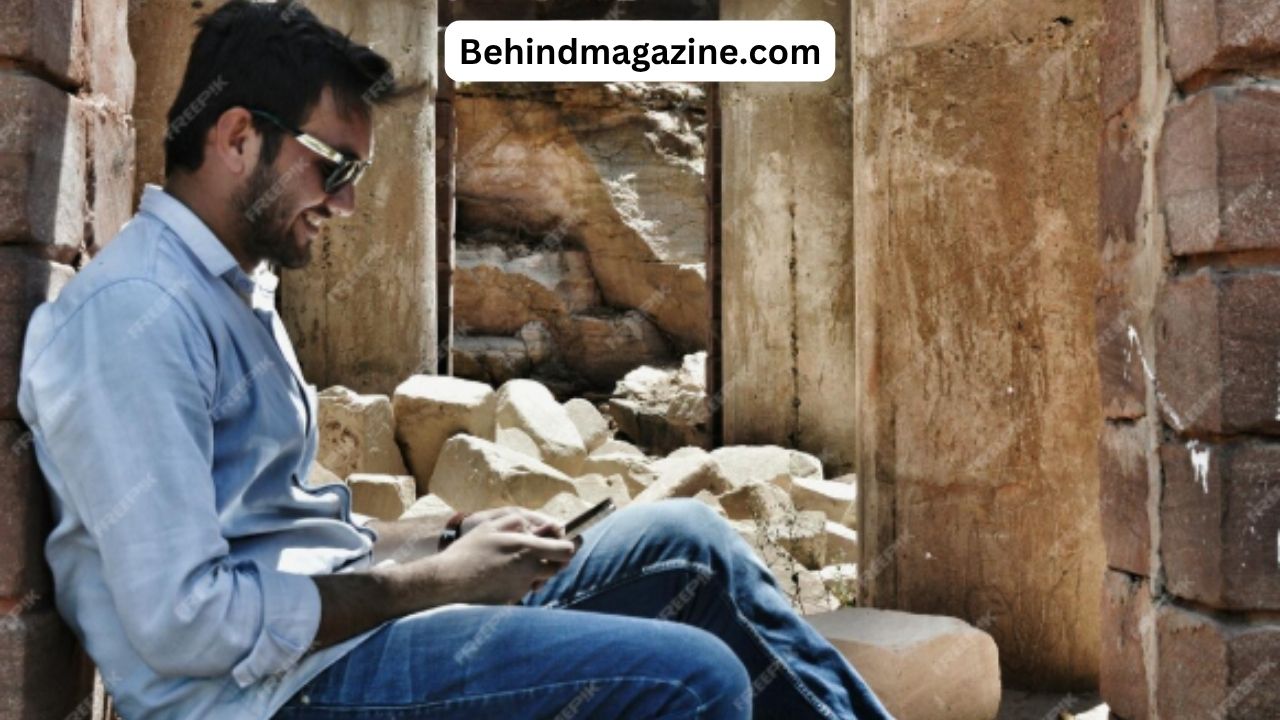The word đeman carries a sense of mystery and cultural depth that has fascinated historians, linguists, and storytellers alike. Rooted in regional traditions and adapted through centuries, đeman is more than just a word—it’s a reflection of history, values, and evolving identity. This article explores where đeman comes from, how it has been used in folklore and literature, and why it remains relevant today.
What Does Đeman Mean?
The meaning of đeman varies depending on the cultural and linguistic setting. In some places, it is associated with an honored role, symbolic figure, or guardian. In others, it might refer to a respected elder, wise leader, or character in legend.
Its pronunciation and spelling are distinct, often influenced by local dialects. This makes đeman not only a term with deep roots but also a living example of how words adapt over time while keeping their core identity.
Historical Background of Đeman
Historical references to đeman appear in early folk songs, manuscripts, and storytelling traditions. Centuries ago, it may have described a protector, messenger, or keeper of cultural wisdom. In rural societies, such a figure often played a key role in guiding the community.
As history progressed, đeman evolved alongside the societies that used it. Trade routes, migrations, and cultural exchanges all influenced its meaning, allowing it to travel beyond its original borders.
Đeman in Traditional Folklore
In many folk narratives, đeman appears as a mysterious yet noble figure. Sometimes, this figure aids the hero on their journey; other times, they guard a sacred place or deliver important knowledge.
Legends often give đeman supernatural attributes, portraying them as a link between the human world and a realm of greater wisdom. This archetype mirrors the wise guides found in myths from various parts of the world, showing the universal appeal of such characters.
Linguistic Significance of Đeman
From a linguistic standpoint, đeman is a fascinating study of phonetics, orthography, and semantic development. Its use over generations reveals patterns of cultural preservation and adaptation. This resilience is due in part to oral storytelling and its ability to pass unique terms from one generation to the next.
Đeman in Arts and Literature
Artists and authors often use đeman to evoke themes of strength, wisdom, and heritage.
-
In poetry, the word might serve as a metaphor for guidance or endurance.
-
In novels, it can be the name of a character who plays a pivotal role in the plot.
-
In painting and sculpture, representations of đeman may appear as traditional figures dressed in symbolic attire.
Such uses keep the word alive in creative spaces, allowing it to be rediscovered by new audiences.
Modern Relevance of Đeman
In the present day, đeman has found its way into music lyrics, theater scripts, and even brand names. On social media, it is sometimes used as a symbol of authenticity or cultural pride.
Modern interpretations often mix old meanings with contemporary values, creating a blend of tradition and innovation. This shows how language can remain relevant by evolving without losing its roots.
Preserving the Meaning of Đeman
Cultural words like đeman need active preservation to maintain their significance. Some effective ways to do this include:
-
Recording oral histories that feature the term.
-
Using it in modern storytelling forms such as podcasts and web series.
-
Teaching younger generations about its heritage in schools or cultural programs.
These steps help ensure that đeman stays meaningful for years to come.
Conclusion
The story of đeman is one of resilience, adaptation, and cultural pride. From its early role in folklore to its place in modern art and conversation, đeman embodies the enduring power of words to connect generations. By keeping its story alive, communities not only preserve a term but also safeguard a piece of their identity.

